What if our ideas about marketing are all wrong?
What if the 4 P's, the product adoption cycle, the S Curve and the 60:40 Marketing Mix are fundamentally flawed ways of thinking about how it all works?
Imagine...
and yes, it's very hard to do...
If the 4p's...
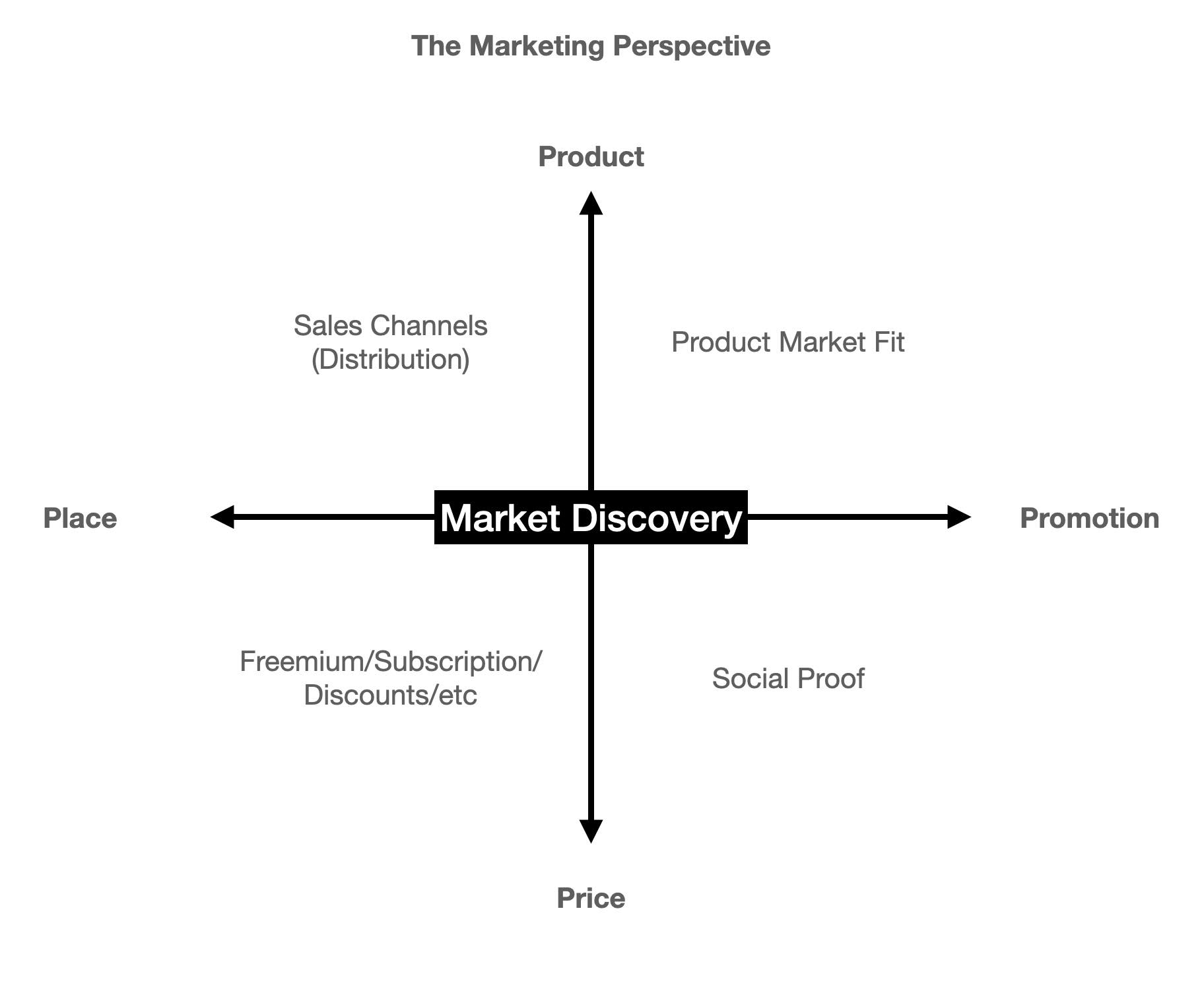
...looked more like the 2IC's
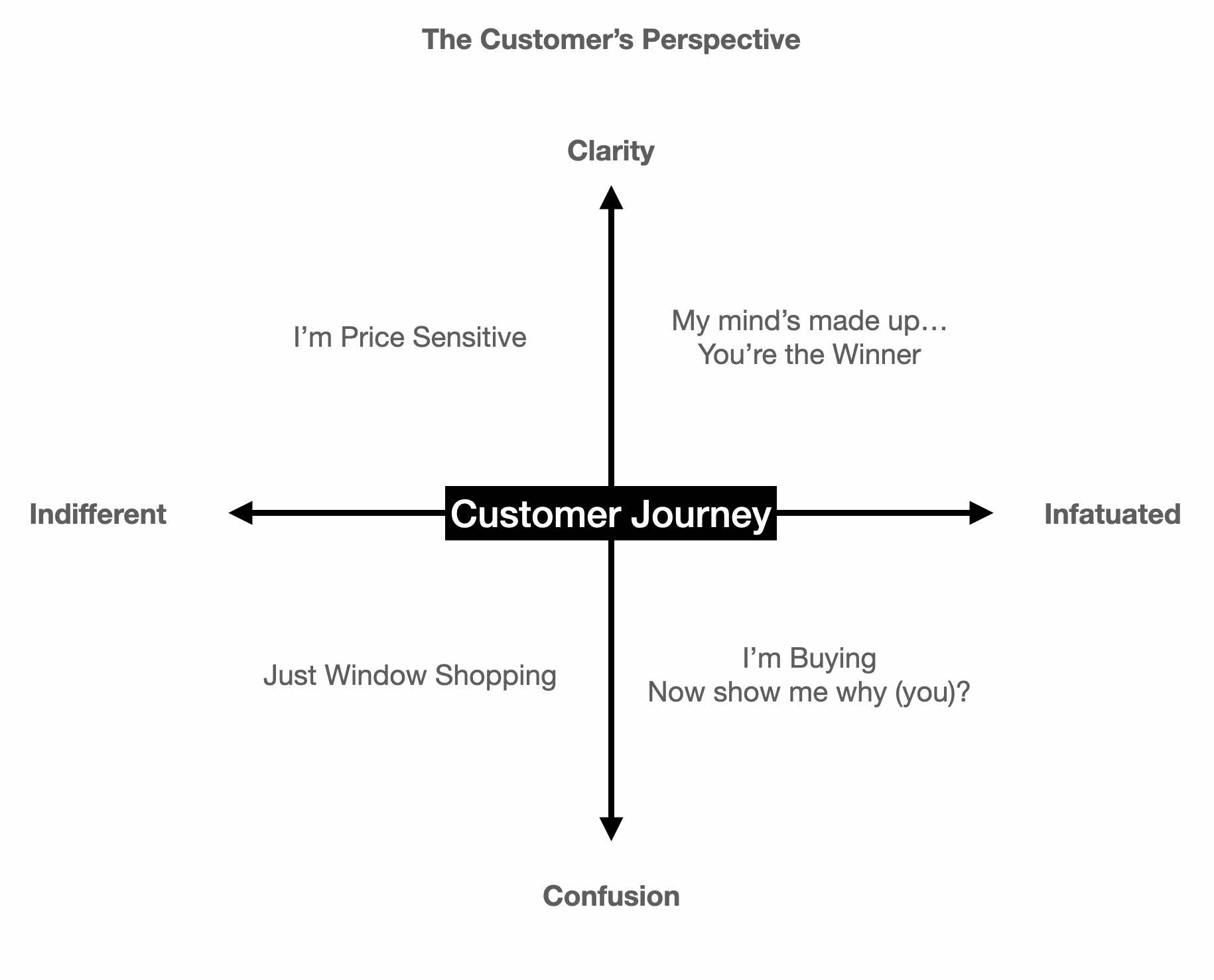
.and how would that fundamentally change the way we measure success in the world of marketing?
So let's embark on a quick of thought experiment
We'll begin with an idea called Phase Changers
So what is a phase change? and, why is it important?
In the world of Physics when water shifts from Ice/Soild to Water/Liquid To Steam/Gas it undertakes a what is described as a phase change
Either side of those phase changes is a steady state
It is either Ice/Solid, Water/Liquid or Steam/Gas
But the key observation here is it takes a change in energy to ignite this change in state
Now what if the same principle applies to marketing?
After all it takes investment. It takes effort. It takes creativity. To initiate a change in state to shift the market along the 'S Curve'
This is because the function of Marketing - or, more accurately, changing the customer's mind - is better understood as addressing the challenge of reducing friction in the market place
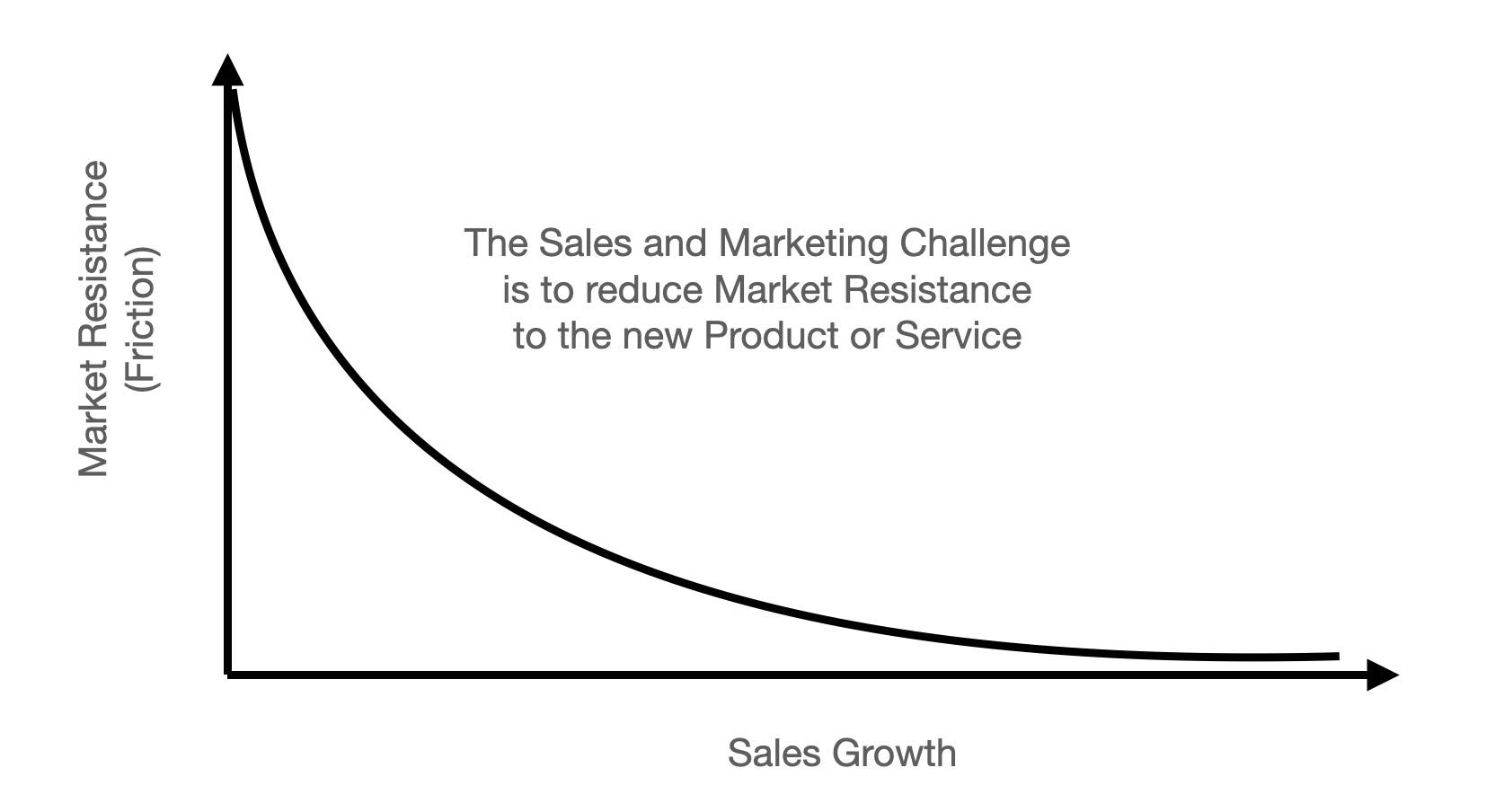
So the 'S Curve', rather than looking like this...
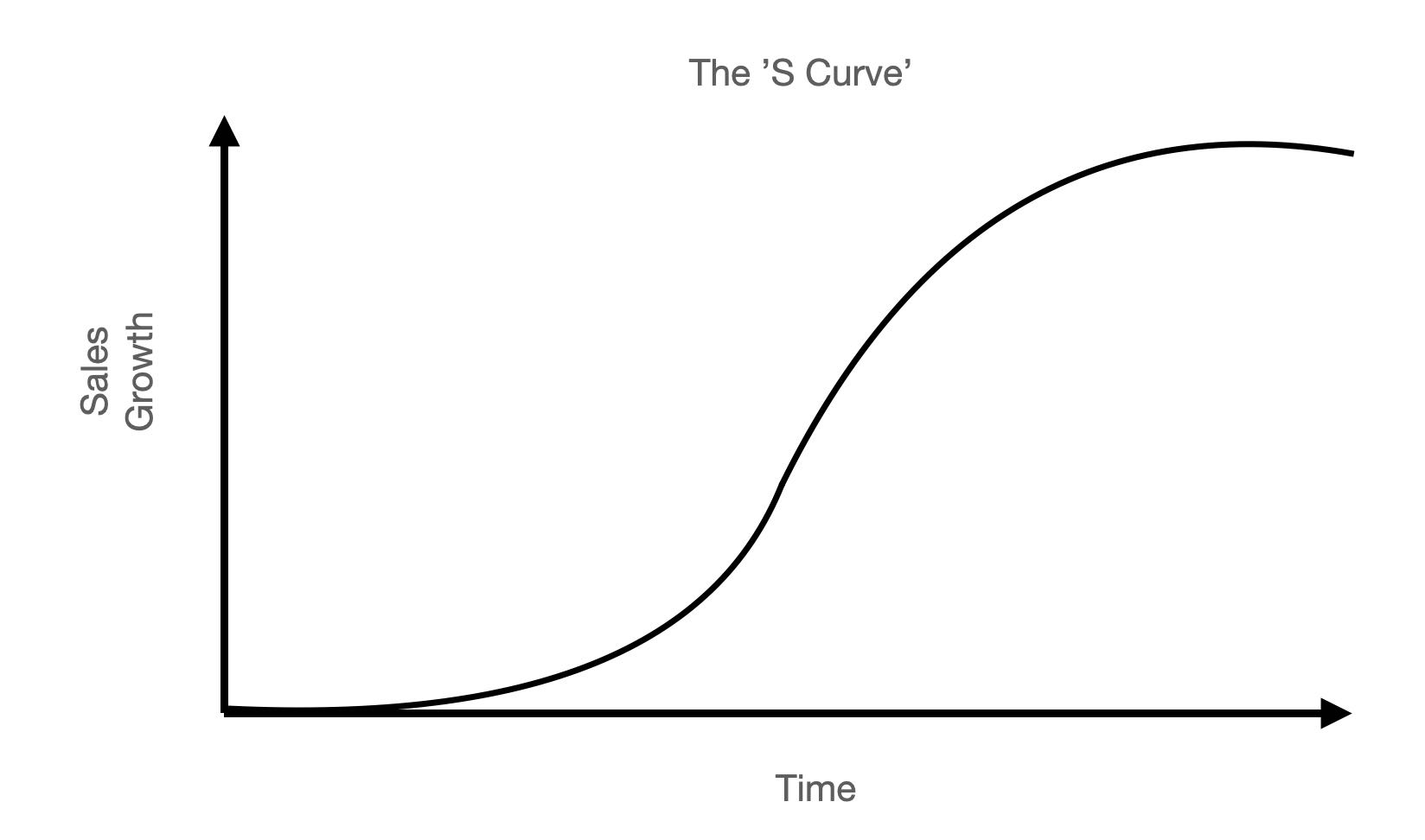
Is better undertsood as looking something more like this
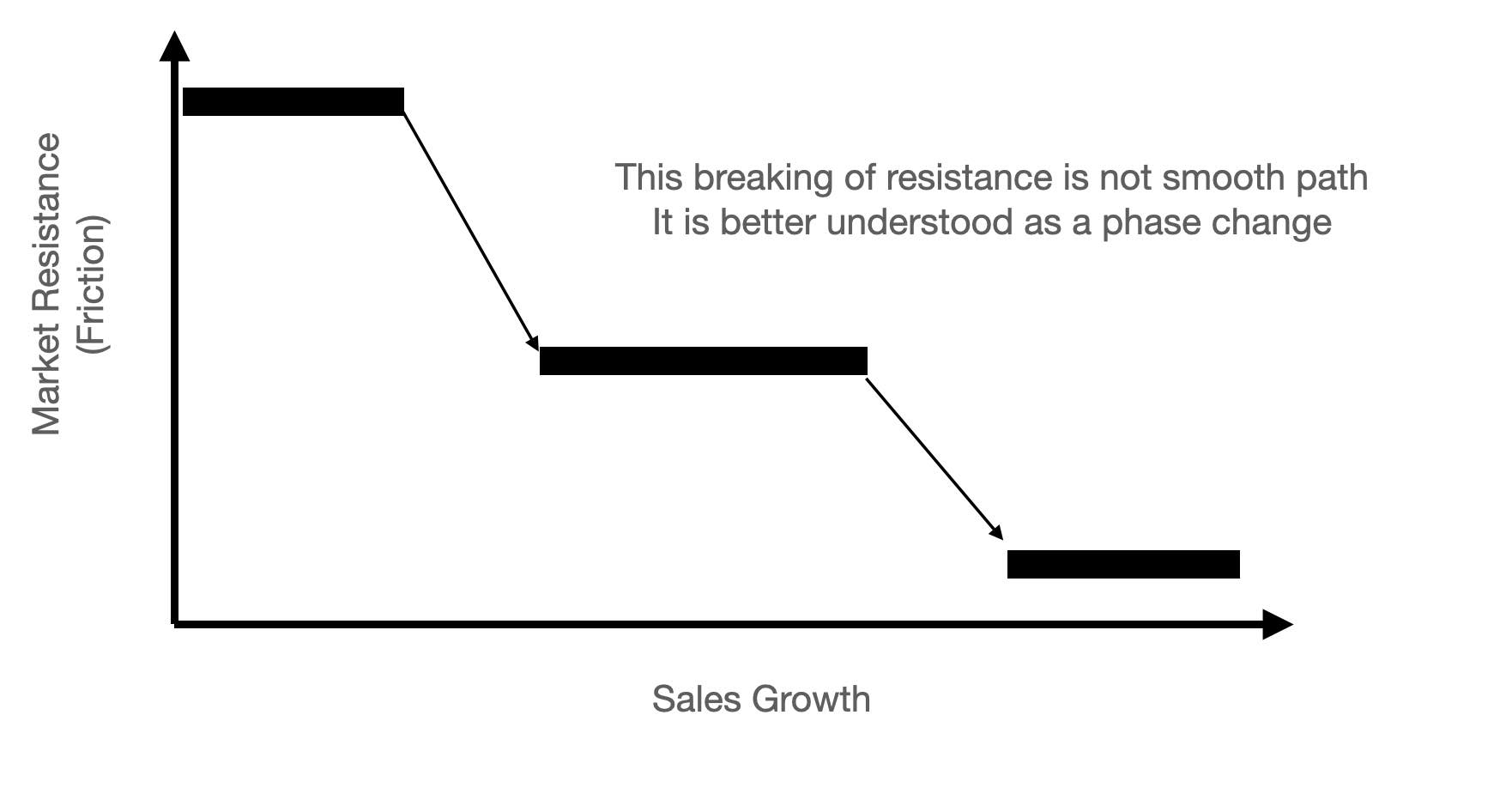
You might describe marketing's objective as decending the staircase of friction to achieve market pentration
Now this idea explains - or at the very least accomodates - what Geoffrey Moore described as 'Crossing the Chasm'
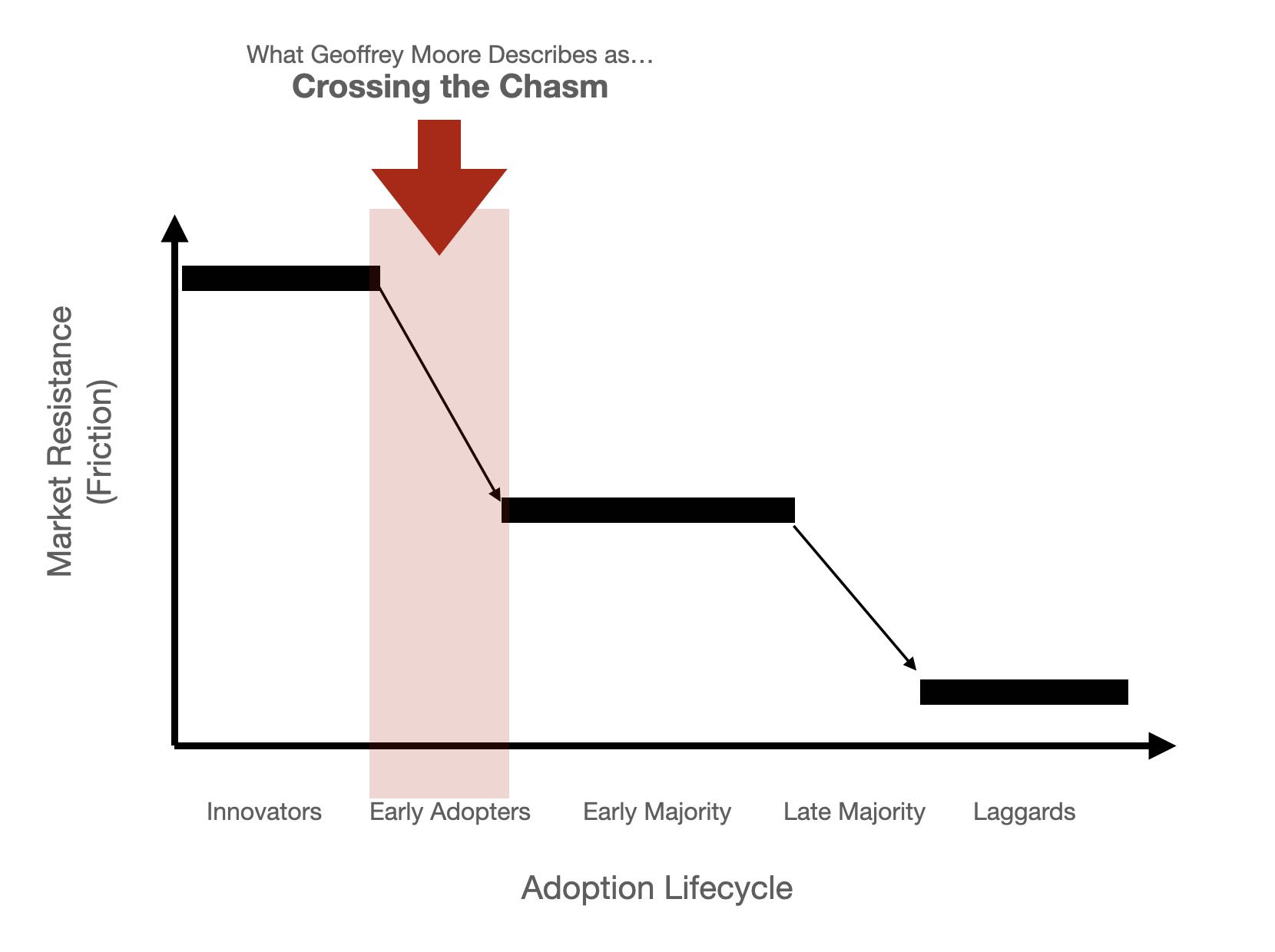
and suggests there are two overiding market strategies to deal with the challenge of market friction
Basically you are either in the business of removing friction (Distrupting the incumbents) or adding friction (Building a branded moat)
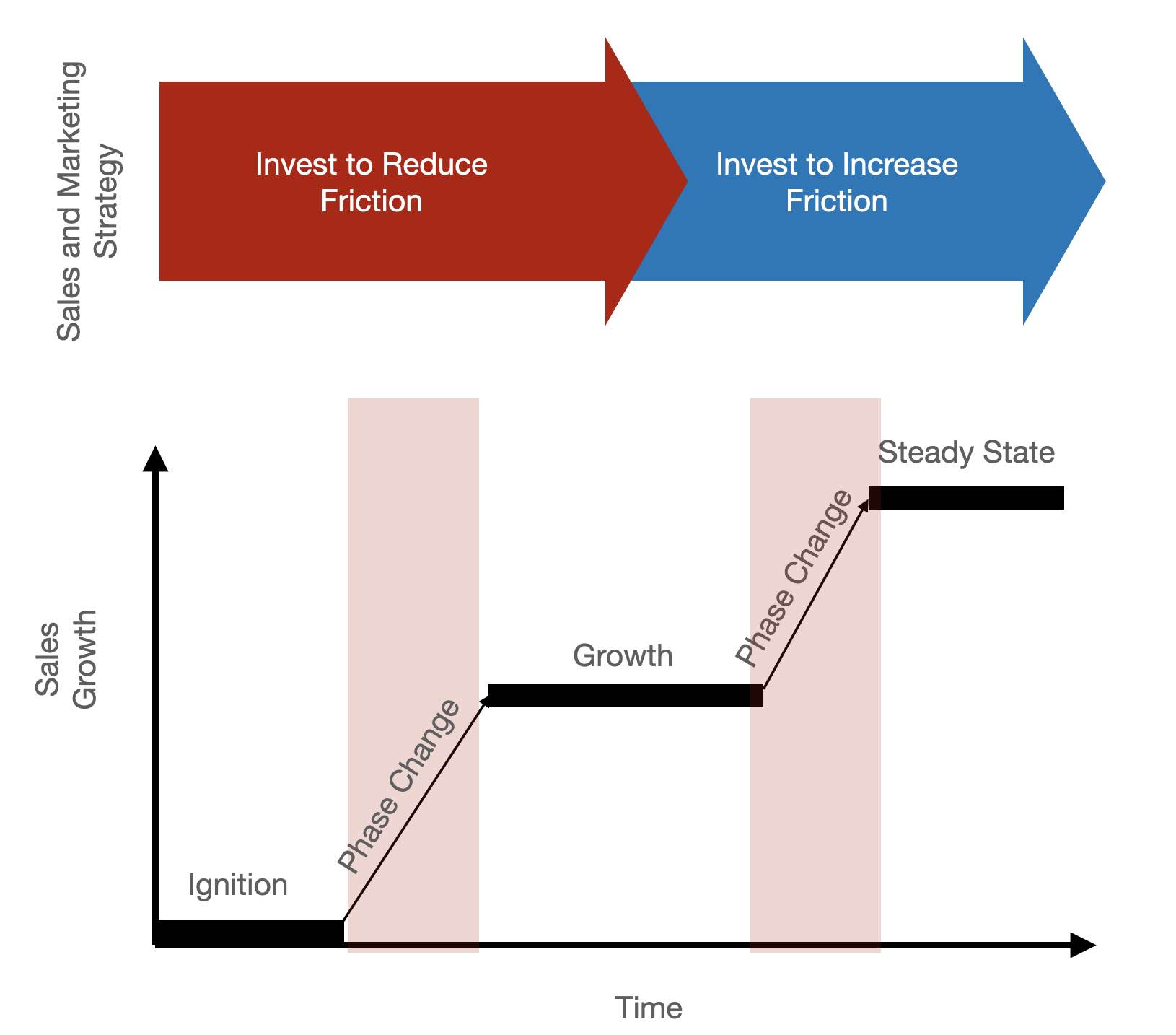
Which of course takes us back to the 'S Curve'
The key observation here being there are 3 steady state phases in the business of marketing
Each with its own unique challenges and opportunties
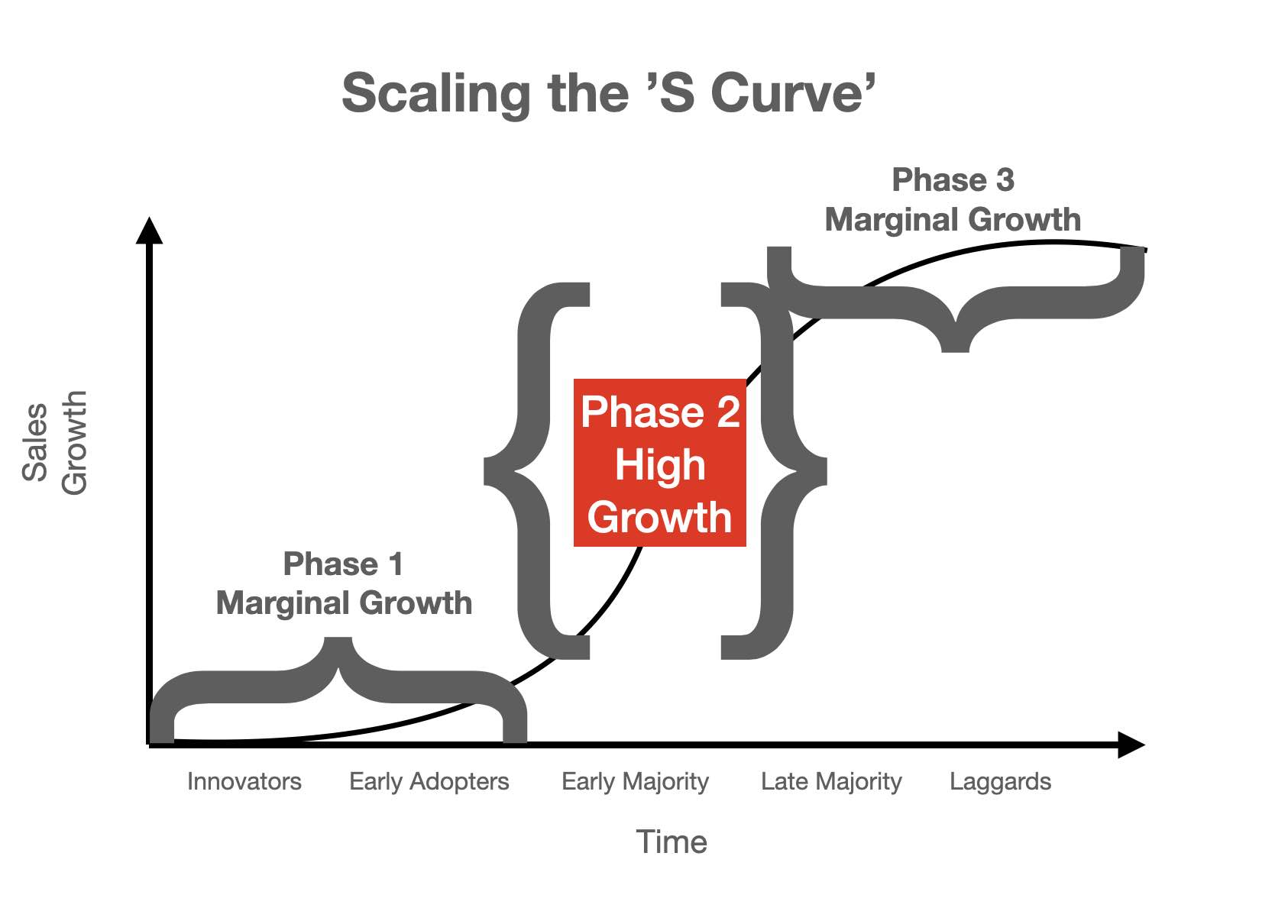
Each with its own career risk and rewards for the professional tasked with the challenge
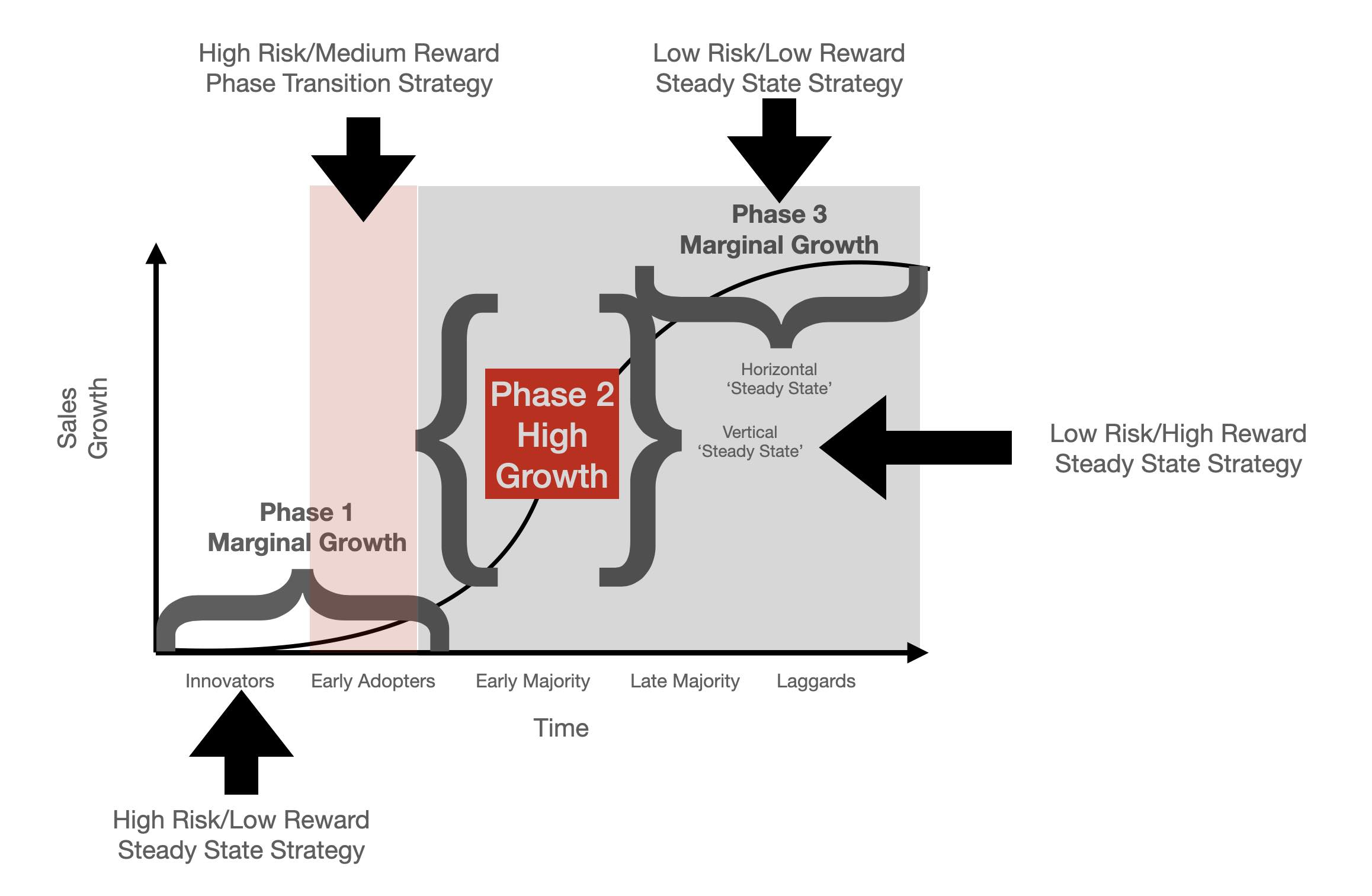
Because each phase requires a different skill set and dare I say a different kind of professional?
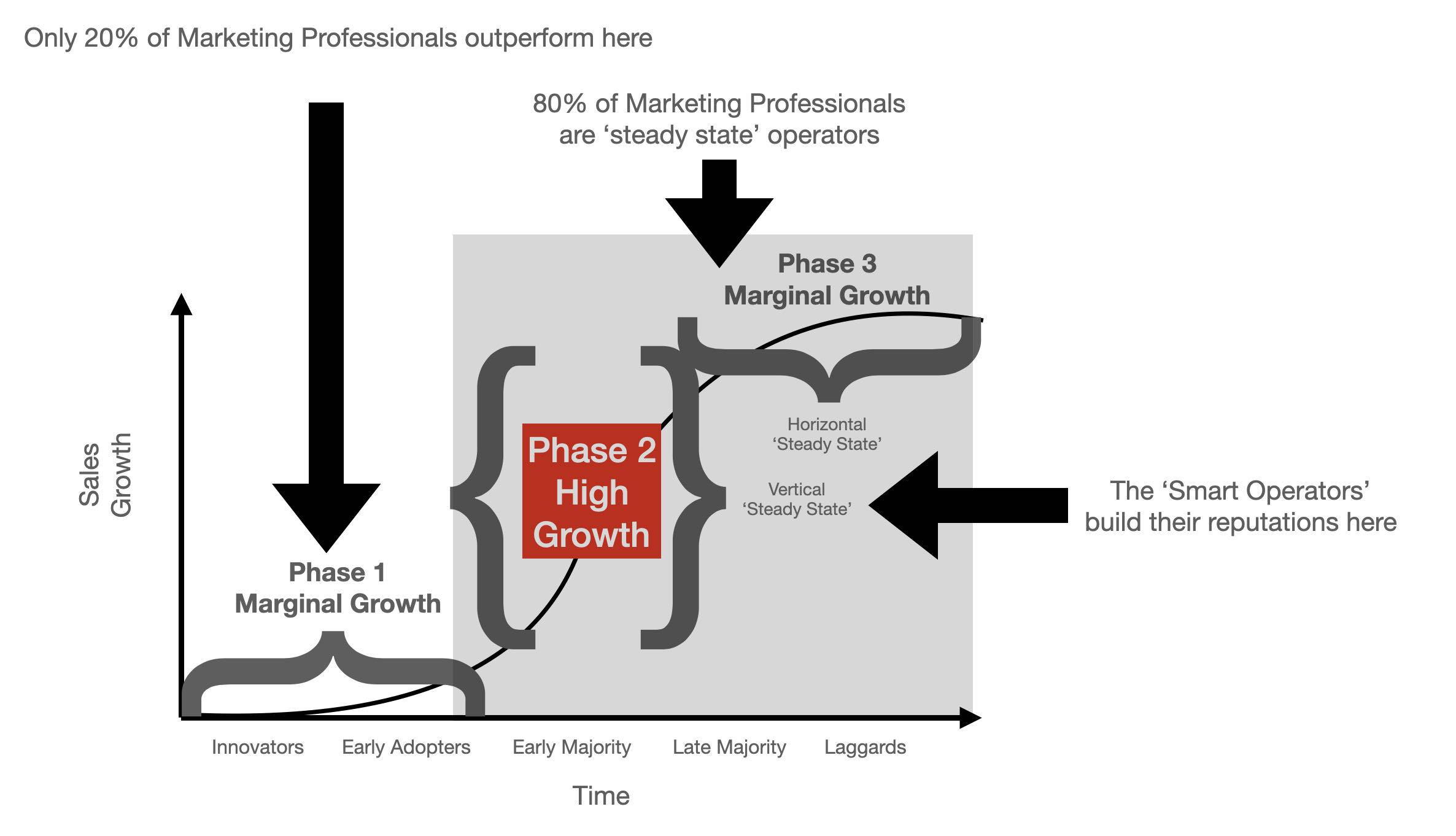
and this is why the 'Chasm Jumpers' are so rare
There is easier money and career gains to be made in managing steady state growth than experimenting with the catalysts the ignite the phase change
Those that do it are hooked on the thrill of ignition - of burning down the house - rather than the day to day challenge of maintaining the status quo
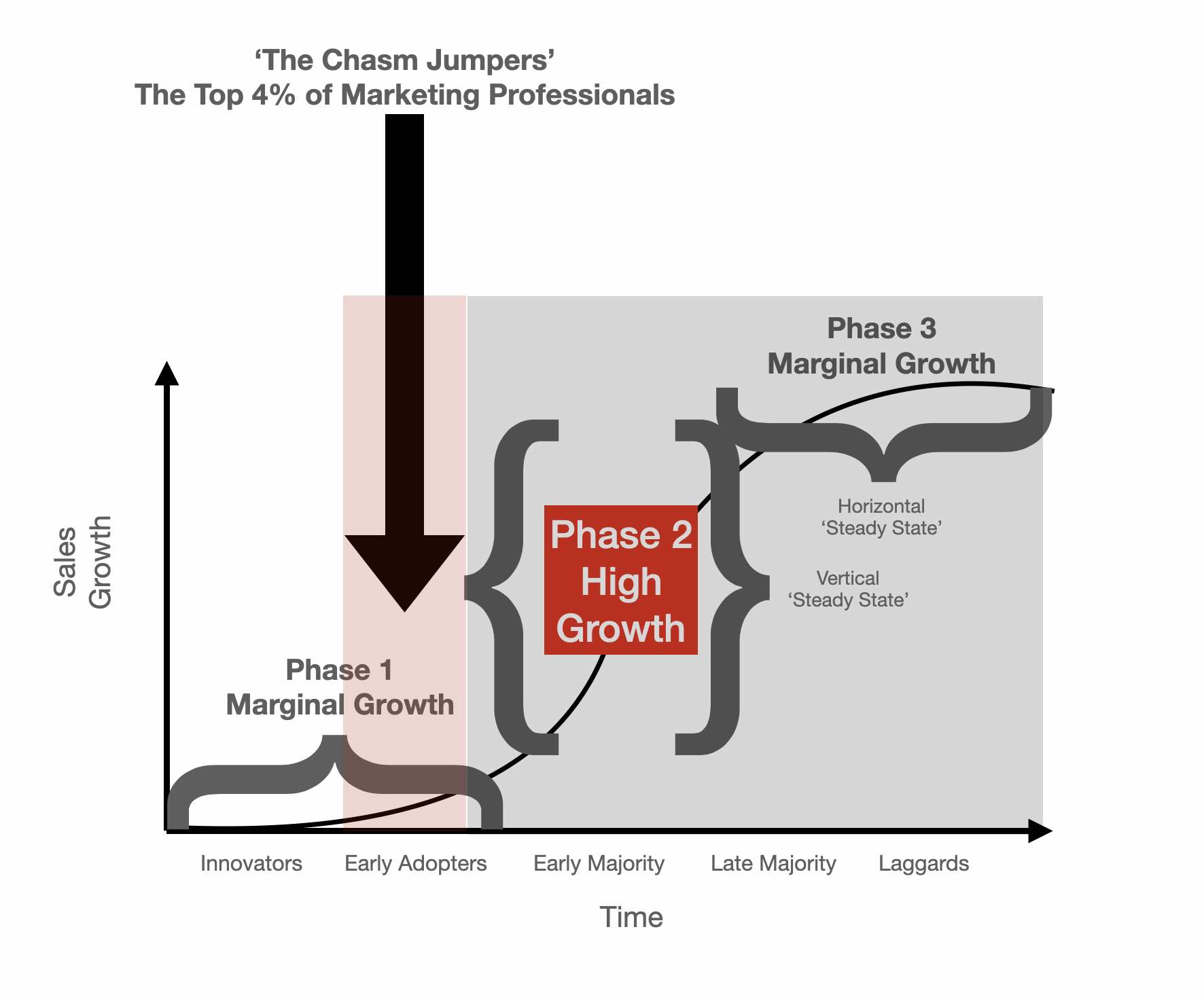
and perhaps this is why the average tenure of the CMO in an organisation undertaking the transformative challenge is - more often than not - so short
and so onto the big question... can we turn this insight into a formula that allows us to change the way we think about how we invest in marketing?
Good question
So let's take a stab at the answer
This is what I think the model looks like
As you can see the basic premise is the markeing mix evolves as you move through the changes of state
The key though is this idea that to initiate a phase change you need to invest in removing friction if you are to move beyond the steady state baseline
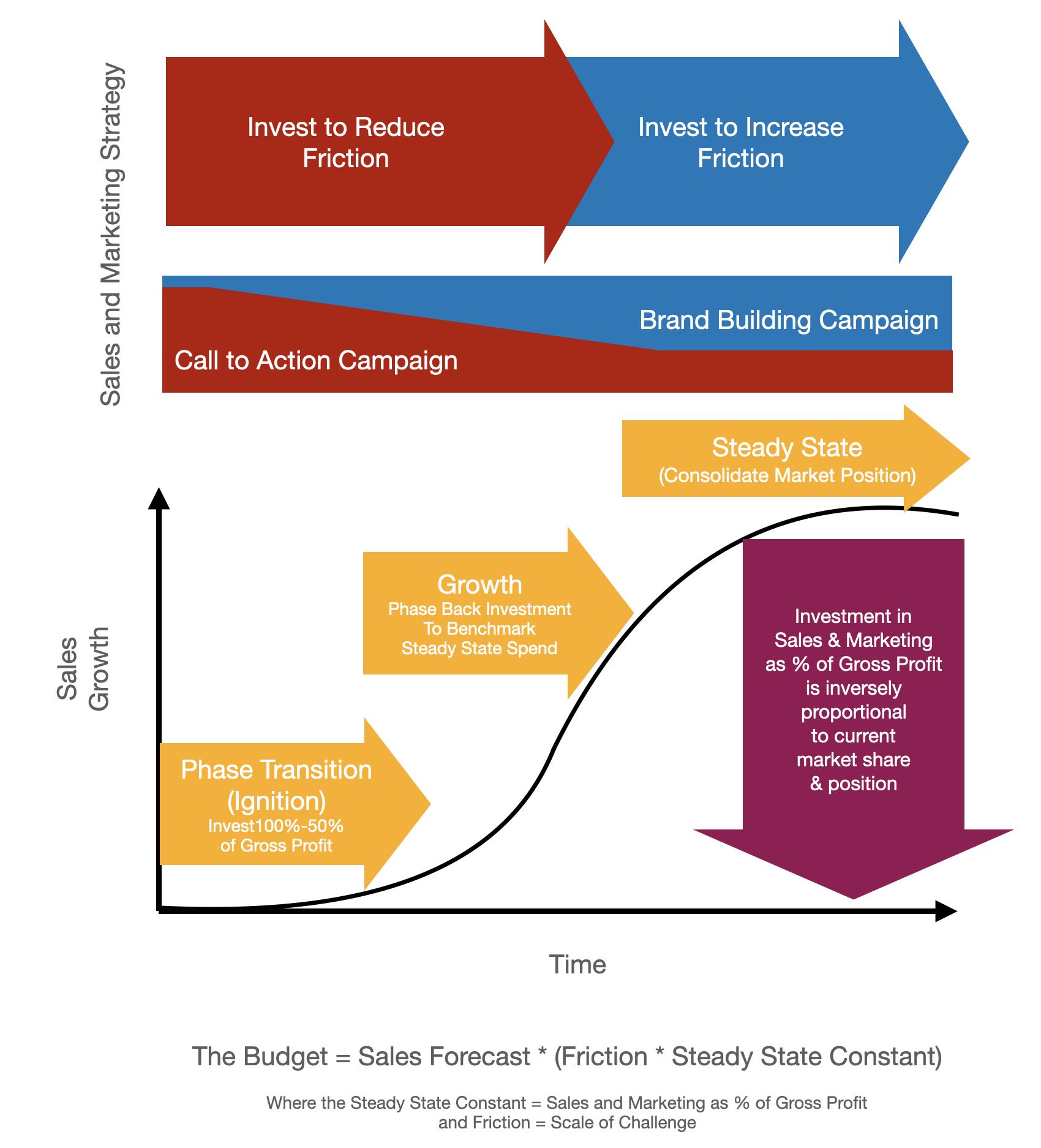
Now let's map out the challenge using 2 axis - Change vs Steady State and B2B vs DTC
The assumption being that any marketing challenge sits somewhere in that 2x2 matrix
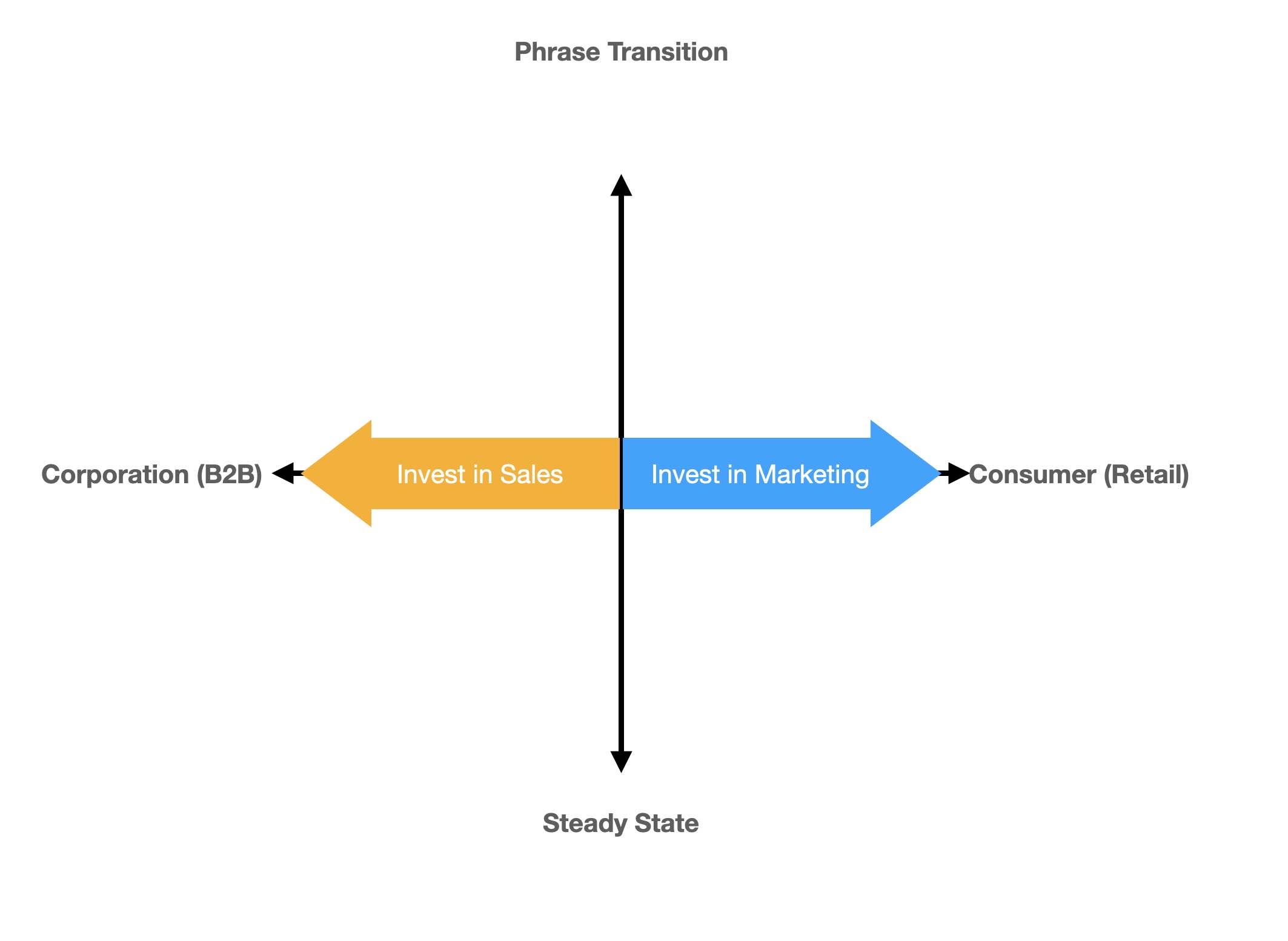
The key observation being large corporate accounts are better served by rainmakers than marketing campaigns
While retail is best served by mass media and target marketing
SME are to be found somewhere inbetween
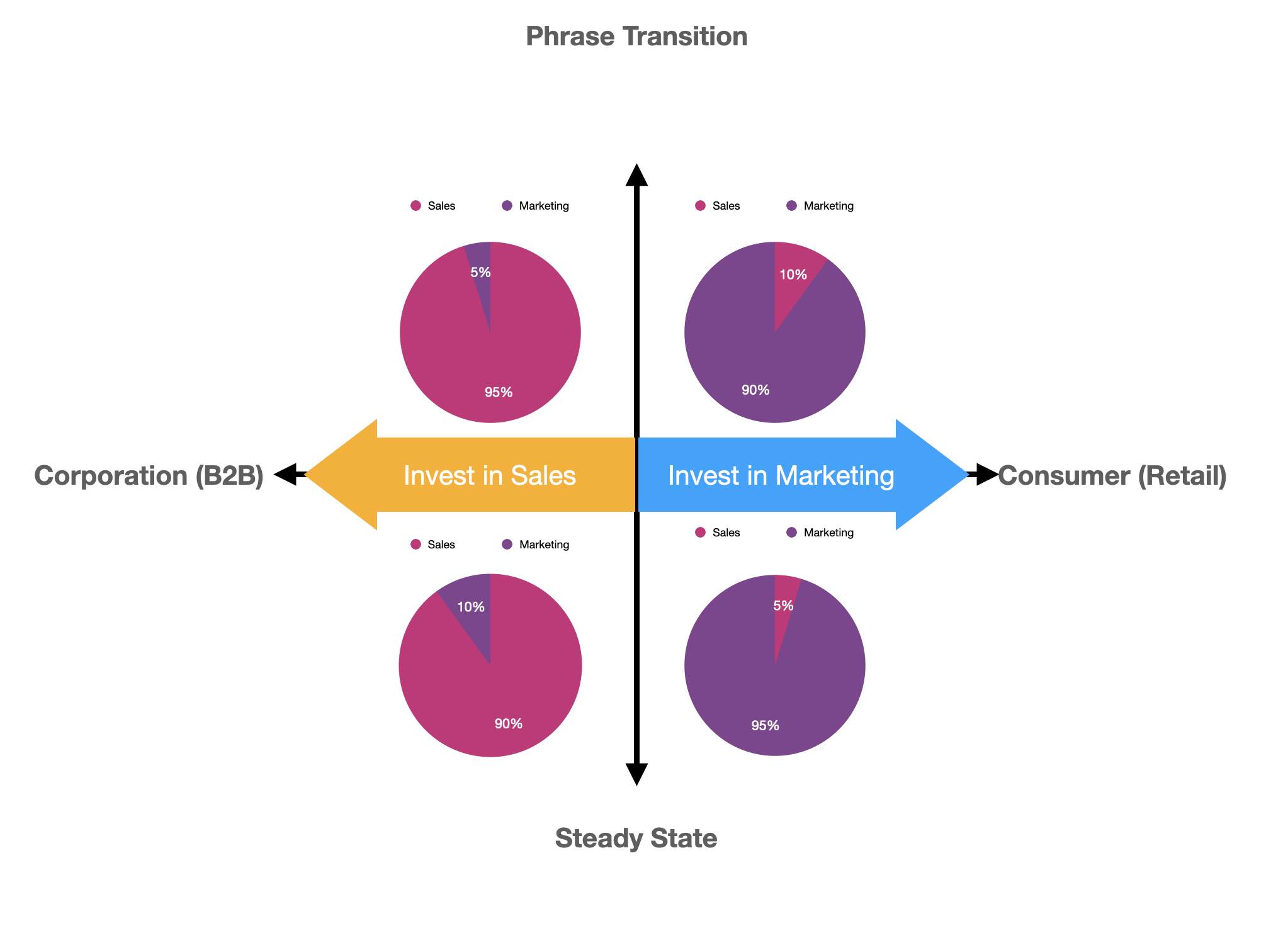
The task is threefold.
Firstly: Identify where you sit on the horizonal axis
Second: Identify your steady state benchmark spend on the vertical axis
Three: Calculate what is required to ignite a phase change in customer/market behaviour
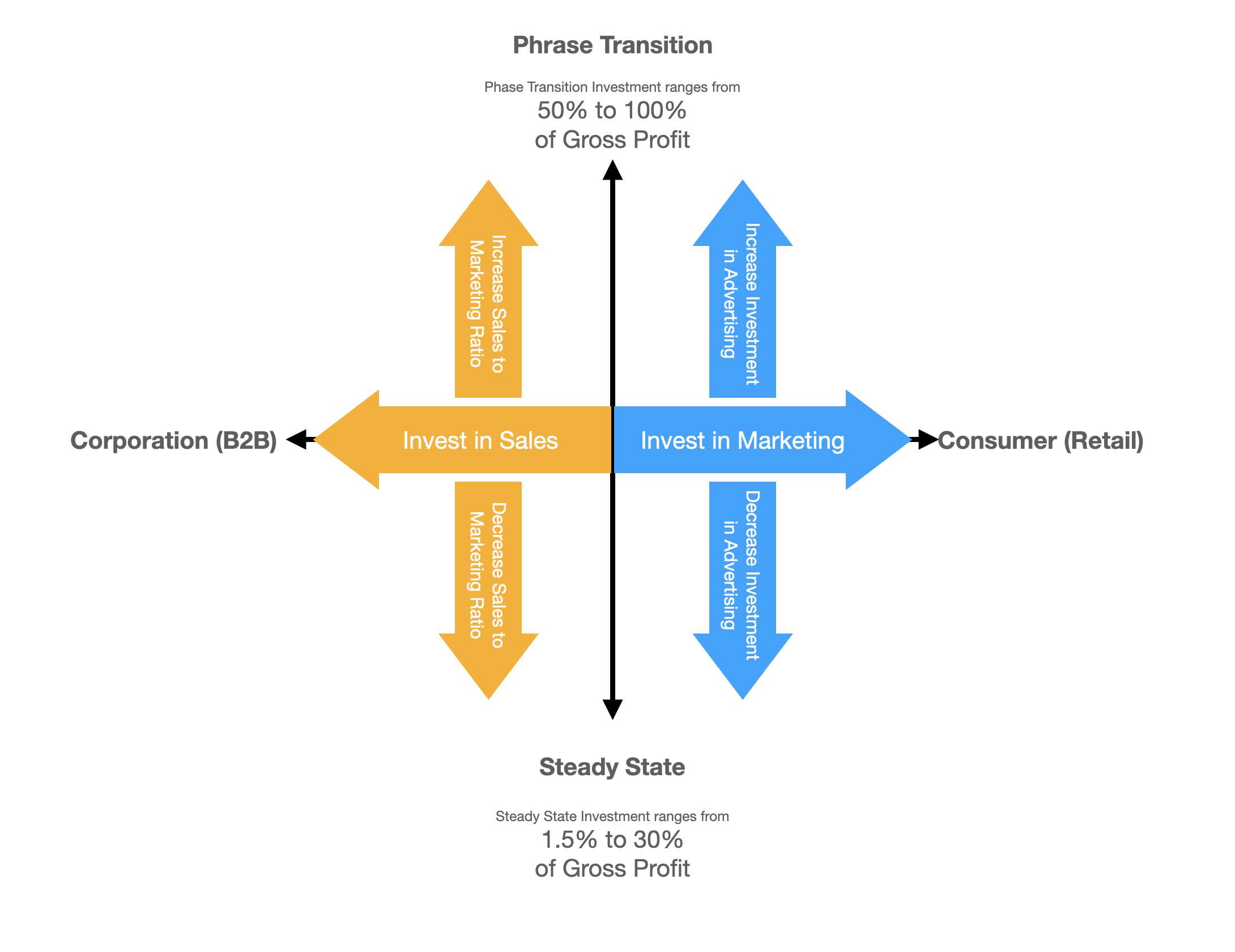
So the composite model looks something like this
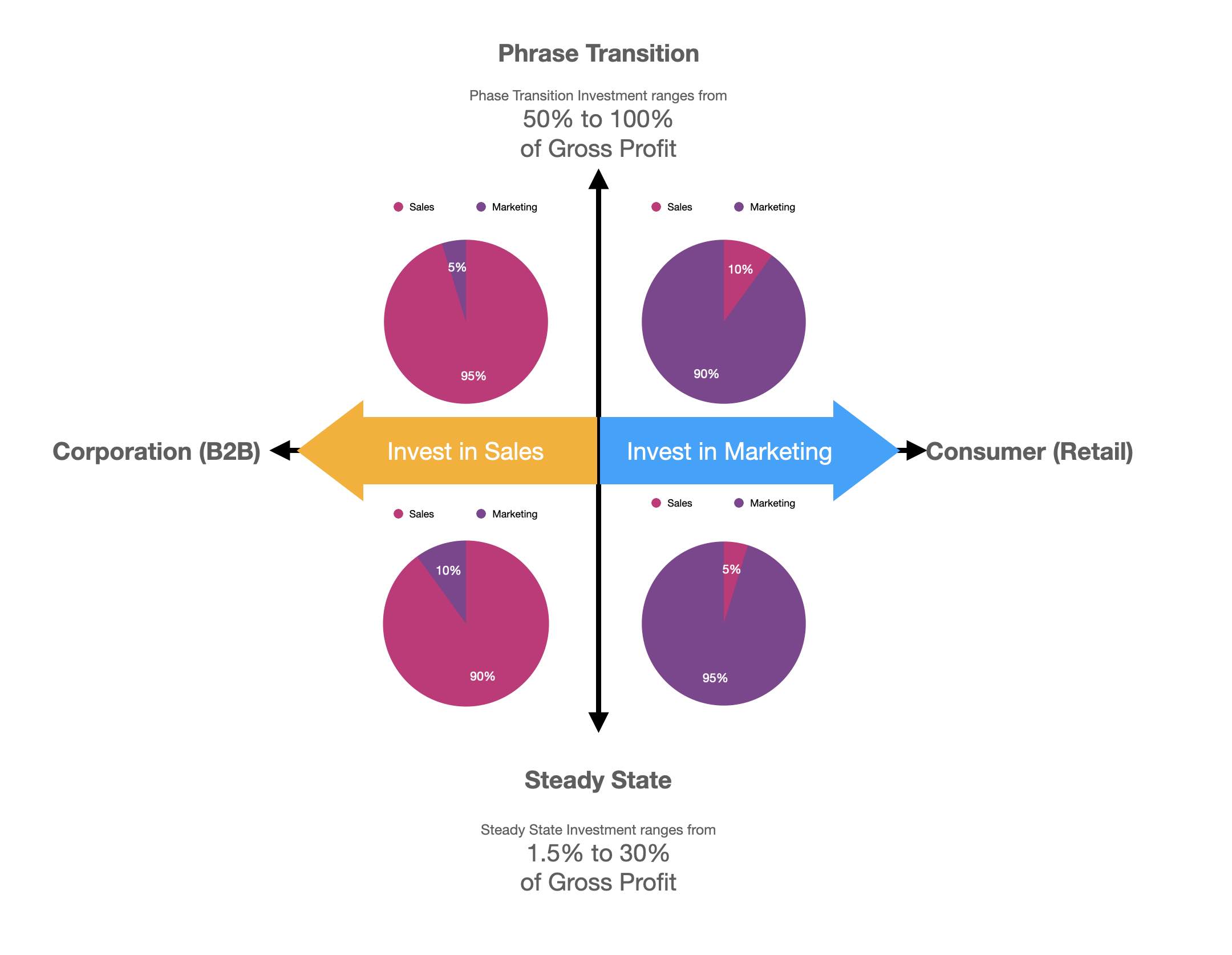
and if we begin to populate the landscape we can get some idea of the steady state benchmarks for the incumbent market leaders and the variable cost associated with funding the phase change for the disrupters
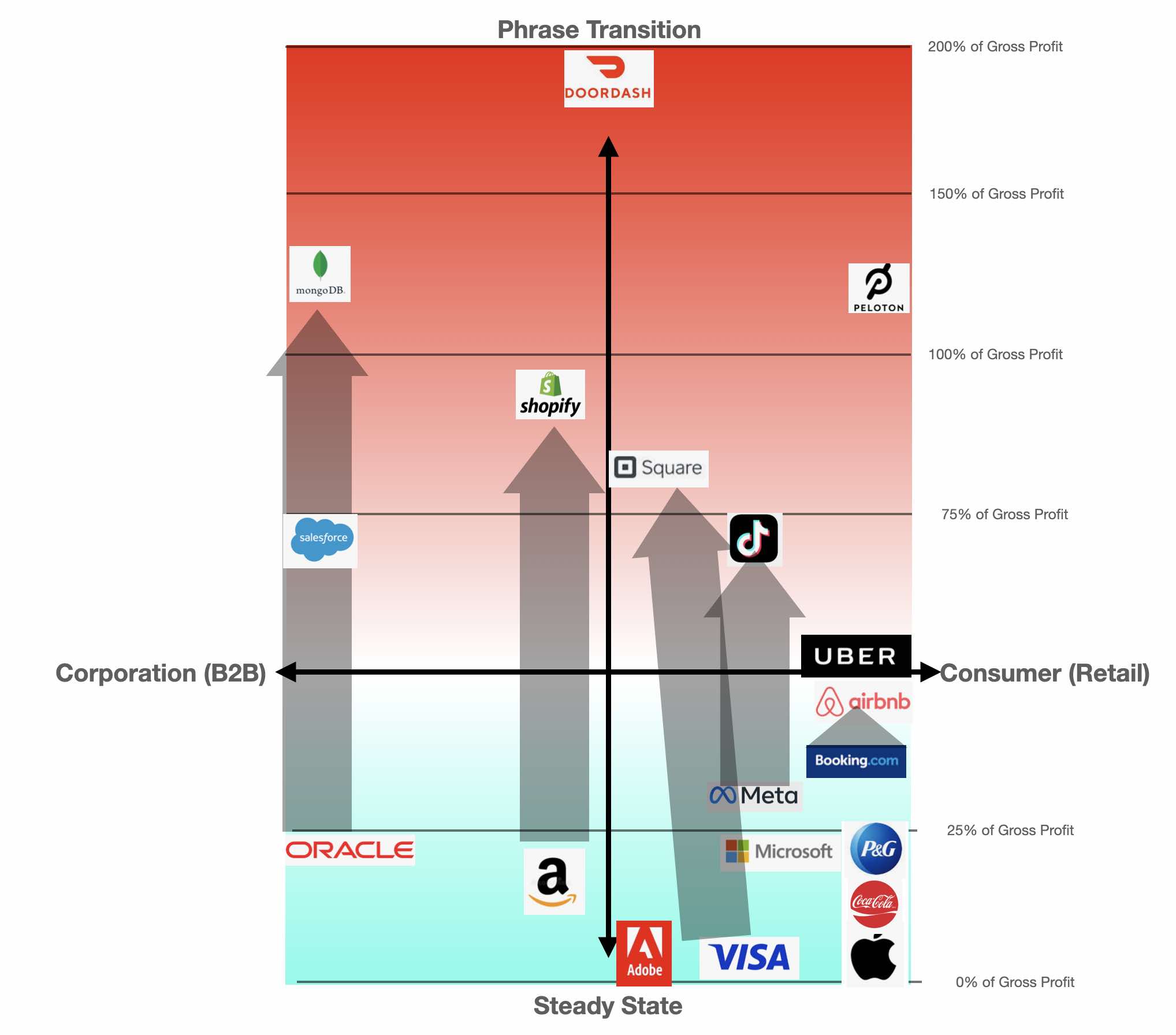
At a more granular level we can note that the iPod phase change increased Apple's marketing investment by a factor of 2x circa 2001
Closing thoughts?
Look we have only just scratched the surface here... but it's enough to spark a discussion about the realities of estimating the marketing mix for both incumbents and disruptors
It also provides a 'rule of thummb' for investors seeking to identify which Unicorns will be unable to feed themselves once they have IPO'd
I suspect the steady state constant is a product/function of brand equity
Meanwhile the friction variable is basically a measure of the energy required to move to a new phase... but this in turn is linked to how distant the new market is from the brand's current position
This brings up questions of brand elasticity and the value of investing in expanding a brand's elasticity
e.g. How valuable is Google's brand in markets like confectionary, beverages or farm machinary compared to smart wearables, data analytics and CRM
The other observation I want to make is - assuming the equation is valid - does it work on a granular level, beyond the bundling of products and services under an annual marketing budget, into the realm of campaign planning?
I supect the answer lays in rethinking the 2IC matrix as a fitness landscape populated by point attractors that induce movement and/or bring the customer to rest

But more on that idea another day...
Meanwhile parts 2, 3, 4 & 5 of this series can be found here, here, here and here